内容目录
- # 🌐 什么是 Spring Cloud Sentinel?
- # 🛠️ 快速入门
- • 1. 环境准备
- —— 1.1 安装 Java 和 Maven
- —— 1.2 创建 Spring Boot 项目
- • 2. 添加依赖
- • 3. 配置 Sentinel
- • 4. 启动 Sentinel 控制台
- • 5. 编写示例代码
- • 6. 启动应用
- # 🛠️ 流量控制
- • 1. 基本流量控制
- —— 1.1 配置流量控制规则
- —— 1.2 测试流量控制
- • 2. 热点参数限流
- —— 2.1 配置热点参数限流规则
- —— 2.2 测试热点参数限流
- # 🛠️ 熔断降级
- • 1. 配置熔断降级规则
- • 2. 测试熔断降级
- # 🛠️ 系统负载保护
- • 1. 配置系统负载保护规则
- • 2. 测试系统负载保护
- # 🛑 常见问题及解决方案
- • 问题1:Sentinel 控制台无法连接
- • 问题2:流量控制规则不生效
- • 问题3:熔断降级规则不生效
- • 问题4:系统负载保护规则不生效
- • 问题5:Sentinel 控制台无法显示数据
- # 🎓 结论
在微服务架构中,服务治理是一个至关重要的环节。Spring Cloud Sentinel 是阿里巴巴开源的一款流量控制组件,旨在帮助开发者保护系统免受流量高峰的影响。本文将详细介绍如何使用 Spring Cloud Sentinel 进行服务治理,并提供一些常见的问题及解决方案。
🌐 什么是 Spring Cloud Sentinel?
Spring Cloud Sentinel 是阿里巴巴基于 Sentinel 开发的流量控制组件,主要用于保障微服务的稳定性。Sentinel 通过流量控制、熔断降级、系统负载保护等功能,帮助开发者在高并发场景下保护系统。
🛠️ 快速入门
1. 环境准备
1.1 安装 Java 和 Maven
确保你的开发环境中已经安装了 Java 和 Maven。你可以使用以下命令检查安装情况:
java -version
mvn -v1.2 创建 Spring Boot 项目
你可以使用 Spring Initializr(https://start.spring.io/)快速创建一个新的 Spring Boot 项目。选择以下依赖:
- Spring Web
- Spring Cloud Starter Sentinel
2. 添加依赖
在 pom.xml 文件中添加 Spring Cloud Sentinel 的依赖:
<dependency>
<groupId>com.alibaba.cloud</groupId>
<artifactId>spring-cloud-starter-alibaba-sentinel</artifactId>
<version>2.2.5.RELEASE</version>
</dependency>3. 配置 Sentinel
在 application.yml 文件中添加 Sentinel 的配置:
server:
port: 8080
spring:
application:
name: sentinel-demo
cloud:
sentinel:
transport:
dashboard: localhost:8080 # Sentinel 控制台地址4. 启动 Sentinel 控制台
下载并启动 Sentinel 控制台。你可以从 GitHub 上下载 Sentinel 控制台的源码并进行编译,或者直接下载预编译的版本:
git clone https://github.com/alibaba/Sentinel.git
cd Sentinel
mvn clean install -DskipTests启动 Sentinel 控制台:
java -Dserver.port=8080 -Dcsp.sentinel.dashboard.server=localhost:8080 -Dproject.name=sentinel-dashboard -jar sentinel-dashboard.jar5. 编写示例代码
创建一个简单的 REST 控制器,模拟服务调用:
import org.springframework.web.bind.annotation.GetMapping;
import org.springframework.web.bind.annotation.RestController;
@RestController
public class HelloController {
@GetMapping("/hello")
public String hello() {
return "Hello, Sentinel!";
}
}6. 启动应用
启动 Spring Boot 应用:
mvn spring-boot:run访问 http://localhost:8080/hello,你应该能看到 “Hello, Sentinel!” 的响应。
🛠️ 流量控制
1. 基本流量控制
1.1 配置流量控制规则
在 Sentinel 控制台中,选择你的应用,进入 “流量控制” 页面,配置流量控制规则。例如,限制每秒请求数为 10:
- 资源名:
hello - 阈值类型:QPS
- 单机阈值:10
1.2 测试流量控制
使用 curl 或 Postman 进行压力测试,观察流量控制效果:
for i in {1..20}; do curl http://localhost:8080/hello; done2. 热点参数限流
2.1 配置热点参数限流规则
在 Sentinel 控制台中,选择你的应用,进入 “热点参数” 页面,配置热点参数限流规则。例如,限制 userId 参数的值为 1 的请求每秒不超过 5 次:
- 资源名:
hello - 参数索引:0
- 阈值类型:QPS
- 单机阈值:5
2.2 测试热点参数限流
使用 curl 或 Postman 进行测试,观察热点参数限流效果:
for i in {1..10}; do curl "http://localhost:8080/hello?userId=1"; done🛠️ 熔断降级
1. 配置熔断降级规则
在 Sentinel 控制台中,选择你的应用,进入 “熔断降级” 页面,配置熔断降级规则。例如,当 hello 资源的异常比例超过 50% 时,触发熔断:
- 资源名:
hello - 策略类型:异常比例
- 阈值:50%
- 最小请求数:10
- 时间窗口:5 秒
2. 测试熔断降级
在 HelloController 中故意抛出异常,测试熔断降级效果:
import org.springframework.web.bind.annotation.GetMapping;
import org.springframework.web.bind.annotation.RestController;
@RestController
public class HelloController {
@GetMapping("/hello")
public String hello() {
if (Math.random() > 0.5) {
throw new RuntimeException("Random error");
}
return "Hello, Sentinel!";
}
}使用 curl 或 Postman 进行测试,观察熔断降级效果:
for i in {1..20}; do curl http://localhost:8080/hello; done🛠️ 系统负载保护
1. 配置系统负载保护规则
在 Sentinel 控制台中,选择你的应用,进入 “系统保护” 页面,配置系统负载保护规则。例如,当系统平均 RT 超过 100ms 时,触发系统保护:
- 资源名:
hello - 策略类型:平均 RT
- 阈值:100ms
2. 测试系统负载保护
在 HelloController 中故意增加延迟,测试系统负载保护效果:
import org.springframework.web.bind.annotation.GetMapping;
import org.springframework.web.bind.annotation.RestController;
@RestController
public class HelloController {
@GetMapping("/hello")
public String hello() throws InterruptedException {
Thread.sleep(150); // 增加延迟
return "Hello, Sentinel!";
}
}使用 curl 或 Postman 进行测试,观察系统负载保护效果:
for i in {1..20}; do curl http://localhost:8080/hello; done🛑 常见问题及解决方案
问题1:Sentinel 控制台无法连接
解决方案:
- 检查端口:确保 Sentinel 控制台的端口没有被占用。
- 防火墙设置:检查防火墙设置,确保端口开放。
- 网络连接:确保应用能够访问 Sentinel 控制台的地址。
问题2:流量控制规则不生效
解决方案:
- 检查配置:确保流量控制规则配置正确。
- 重启应用:重启应用,使新的配置生效。
- 日志检查:查看应用的日志,检查是否有相关错误信息。
问题3:熔断降级规则不生效
解决方案:
- 检查配置:确保熔断降级规则配置正确。
- 最小请求数:确保最小请求数足够,以便触发熔断。
- 异常处理:确保异常处理逻辑正确,能够触发熔断。
问题4:系统负载保护规则不生效
解决方案:
- 检查配置:确保系统负载保护规则配置正确。
- 系统负载:确保系统负载达到阈值,以便触发保护。
- 日志检查:查看应用的日志,检查是否有相关错误信息。
问题5:Sentinel 控制台无法显示数据
解决方案:
- 检查依赖:确保应用中添加了
spring-cloud-starter-alibaba-sentinel依赖。 - 配置文件:确保
application.yml文件中配置了正确的 Sentinel 控制台地址。 - 网络连接:确保应用能够访问 Sentinel 控制台的地址。
🎓 结论
通过本文的介绍,你应该已经了解了如何使用 Spring Cloud Sentinel 进行服务治理。无论是流量控制、熔断降级还是系统负载保护,Sentinel 都提供了强大的支持,帮助你在高并发场景下保护系统。希望这些技巧能帮助你在实际开发中提升系统的稳定性和性能!
如果你有任何疑问或需要进一步的帮助,请在评论区留言。期待与你交流!🌟




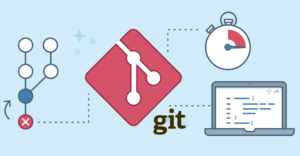


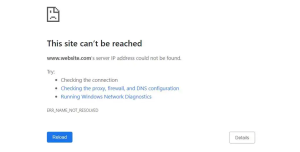









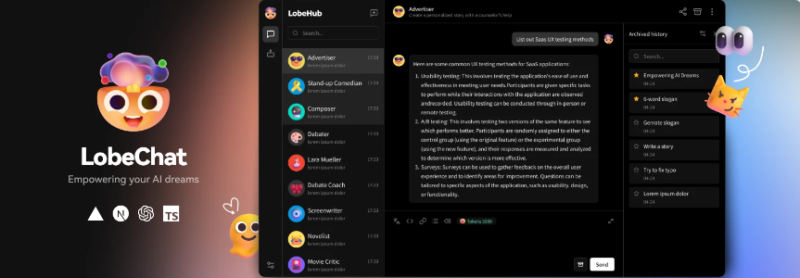
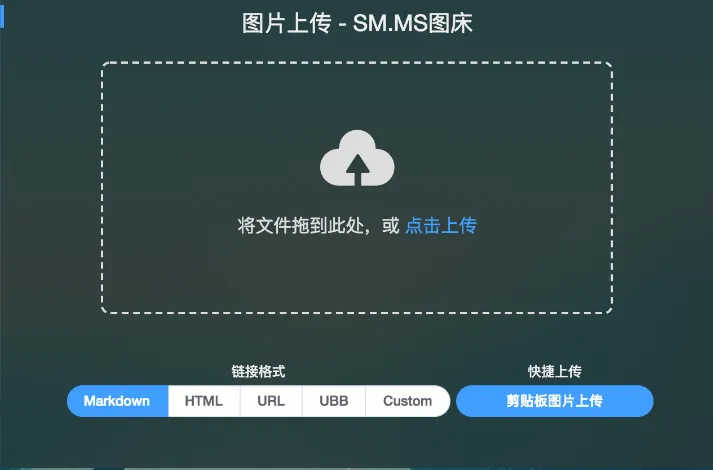
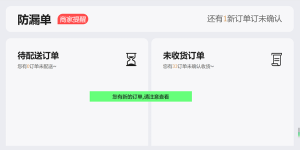
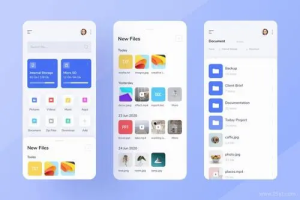


















暂无评论内容